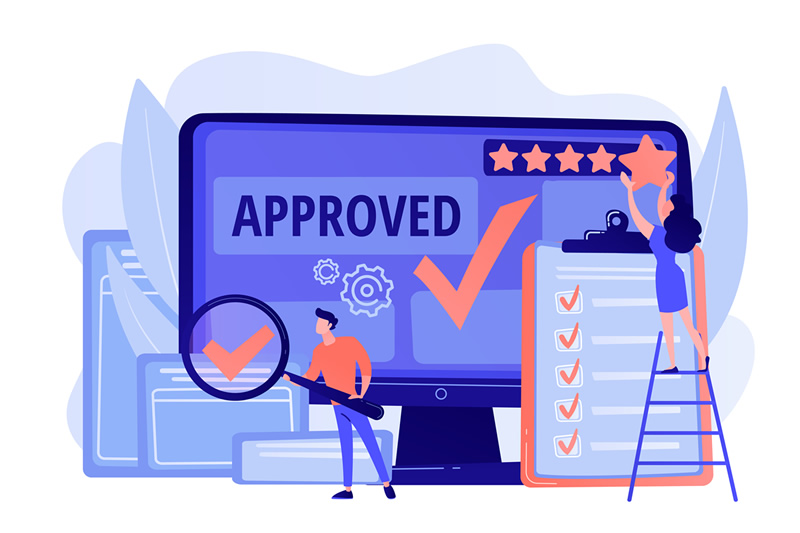Quality Assurance in Technical Translation: Strategies for Ensuring Precision
Technical translation plays a pivotal role in ensuring accurate communication across linguistic and cultural barriers in various industries. Whether it’s user manuals, product specifications, or engineering documents, precision is of utmost importance. This article explores the critical importance of quality assurance in technical translation and delves into strategies, tools, and methodologies employed to guarantee the accuracy and reliability of translated technical content.
The Significance of Quality Assurance in Technical Translation
Technical documents are often dense with industry-specific terminology and require a deep understanding of the subject matter. Any inaccuracies in translation can lead to misunderstandings, costly errors, and even safety hazards. Quality assurance (QA) in technical translation is, therefore, a crucial step in the process, aiming to eliminate errors and ensure the translated content meets the same standards as the original.
Challenges in Technical Translation
Technical translation poses unique challenges, including complex terminology, industry jargon, and the need for consistency. Translators must navigate these challenges while maintaining clarity and precision. Additionally, the rapid evolution of technology introduces new terms and concepts, making it imperative for translators to stay updated.
Strategies for Ensuring Precision
- Qualified Translators: Employing translators with expertise in the specific technical field is the first line of defense. A deep understanding of the subject matter allows translators to grasp intricate details, ensuring accurate and contextually relevant translations.
- Terminology Management: Establishing and maintaining a comprehensive terminology database is crucial. Consistent use of industry-specific terms across all translations helps maintain coherence and ensures that the translated content aligns with industry standards.
- Collaboration and Communication: Facilitating effective communication between translators and subject matter experts (SMEs) enhances the accuracy of translations. Regular consultations with SMEs help clarify ambiguities and address any technical queries, leading to more precise translations.
- Use of Translation Memory (TM) Systems: TM systems store previously translated segments, allowing translators to reuse approved and verified content. This not only ensures consistency but also accelerates the translation process while minimizing the risk of errors.
- Quality Assurance Checks: Implementing a multi-step QA process is essential. This includes linguistic reviews, editing, and proofreading to catch any linguistic or stylistic issues. Additionally, technical experts should conduct a thorough review to verify the accuracy and completeness of the translated content.
- Localization Testing: In cases where technical documents include software interfaces or user manuals, localization testing is vital. This involves validating the functionality and usability of the translated content within the specific cultural and linguistic context.
Tools and Technologies:
- CAT (Computer-Assisted Translation) Tools: CAT tools assist translators in managing and optimizing the translation process. They often include features like TM systems, terminology databases, and quality checks, streamlining the workflow and ensuring consistency.
- Machine Translation (MT) with Post-Editing: While not suitable for all technical content, MT combined with human post-editing can be effective for certain materials. This approach accelerates the translation process while maintaining a high level of accuracy through human refinement.
- Terminology Management Software: Dedicated terminology management software helps in creating, organizing, and updating a centralized database of industry-specific terms. This ensures consistent usage and reduces the chances of translation errors.
When working with technical translations, precision is non-negotiable. Quality assurance strategies, coupled with the right tools and methodologies, play a pivotal role in achieving accurate and reliable translations. The collaboration between skilled translators, subject matter experts, and the implementation of advanced technologies ensures that technical content is not just linguistically sound but also aligned with industry standards, fostering effective global communication in the ever-evolving technological landscape.
As industries continue to expand globally, the importance of quality assurance in technical translation will only grow, making it an indispensable aspect of any international business’s success. TrueLanguage and our partner Powerling stand ready to assist you in your technical translation projects, no matter how complex or challenging.


